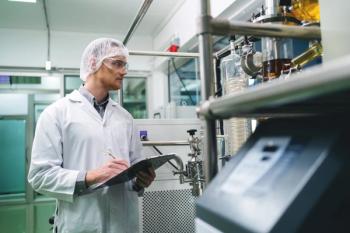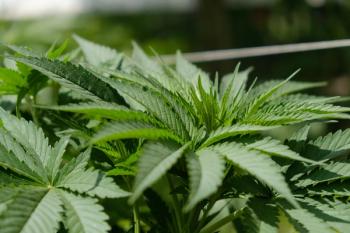
View our interactive March/April 2025 digital edition.

View our interactive March/April 2025 digital edition.

Part II of this series on mass spectroscopy explains how mass spectral data is interpreted to determine molecular weight, molecular formulas, molecular structures, and functional group information. Two examples are provided to illustrate the process mass spectroscopists use to draw conclusions.

Smoking remains the most common method of cannabis consumption, particularly for patients seeking rapid relief. Despite this, little is known about what defines a high-quality smokable product. This study investigated how varying water activity levels (0.45 aW, 0.65 aW, 0.85 aW) affect cannabis flower’s chemistry and perceived smoke quality. Chemical analyses showed that 0.65 aW yielded the highest terpene content and comparable cannabinoid delivery to 0.45 aW, while 0.85 aW significantly reduced cannabinoid levels. Sensory panelists noted minimal differences between 0.45 and 0.65 aW samples, though harshness and ash color varied. Higher water activity increased moisture and product weight—suggesting economic benefits for producers. These findings offer insights into optimizing water activity to balance chemical, sensory, and financial factors in cannabis production.

This article will briefly introduce GC splitless inlet anatomy and show a simple example for how optimizing injection type and volume, initial GC oven temperature, and extract dilution can improve GC peak shape.

Economic incentives are driving dishonest laboratory test results, and there’s data to prove it.

Focusing on lighting, climate control, water usage, and air circulation, this article compiles three different perspectives—a scientist, a grower, and an engineer—on how to optimize cannabis growing from an energy usage standpoint while still supporting healthy plant growth.

Topically applied cannabinoids such as CBD and THC may offer significant benefits for people experiencing localized pain and dermatological conditions. This article explores these potential benefits as well as their mechanisms.